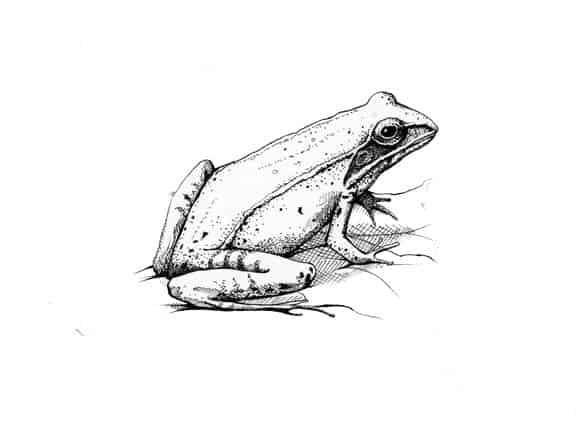By Madeline Bodin
Scenes from the West’s five-year drought are striking – the cracked mud at the bottom of a dry reservoir, forests in flames. Wonder what a drought would look like in Vermont and New Hampshire? Look out the window.
This is the first time that any part of New Hampshire has been in an “extreme drought” since the federal government began publishing a drought index in 2000, said Mary Lemcke-Stampone, the state’s climatologist. “Using state records, you have to go back to the early ‘80s to get the extreme dryness we’ve been seeing in southeastern New Hampshire,” she said.
Other parts of the region have been abnormally dry for some time. According to Lesley-Ann Dupigny-Giroux, a University of Vermont professor and state climatologist, persistence is the difference between drought and other weather conditions. “Even if we got five inches of rain, it wouldn’t take us out of drought conditions,” she said, sort of like how a thick, bone-dry sponge will initially just shed water when it’s run under a faucet.
What the earth needs is a prolonged soak.
You may not be able to see a lack of rain, but once the upper level of soil dries out, you can see parched lawns and brown leaves on trees, said Dupigny-Giroux. When the lower level of soil dries up, you’ll see the level of lakes and farm ponds drop. If it still doesn’t rain, she said, you’ll see higher prices at the farmers’ market. “That’s socio-economic drought,” she said, and we may see it in the price of New Hampshire apples this fall.
Josh Halman, a forest health specialist, and Dan Dillner, a protection forester with the Vermont Department of Forests, Parks and Recreation, surveyed Vermont’s forests for health problems from airplanes this summer. They saw leaf browning and early color in some places.
“That’s drought stress,” said Halman. Trees are resilient, though, so even if a deciduous tree drops its leaves to conserve water, often it will recover the following year if conditions improve.
Wildlife has different ways of coping with dry weather. New Hampshire was seeing more bear-human conflicts, said Andrew Timmons, bear project leader for the New Hampshire Fish and Game Department. Dry weather meant fewer of the wild blueberries and raspberries that bears typically eat in summer, so bears began to range more widely.
For amphibians, the timing of rain is everything, said Jim Andrews, director of the Vermont Reptile and Amphibian Atlas. A dry spring will mean hard times for most species, but species have different coping strategies for a dry summer. Various salamander species, which can live up to 20 years, crawl down holes to reach moist soil and wait. American toads can dig their way to moist soil, he said.
Wood frogs can overwinter as tadpoles, so they will die if their ponds dry out. Andrews said that a few dry years can wipe out a local population of spring peepers, which only live a few years. In the past, the peepers would repopulate good habitats when rain returned, but these days, he said, roads and development may sever connections between populations.
Alan Eaton, an entomologist with the University of New Hampshire Cooperative Extension, expects that dry conditions will mean fewer black-legged ticks in New Hampshire this year, but don’t put away the Permethrin yet – Eaton predicts the difference will be statistically small.
Without rain, cyanobacteria, also known as blue-green algae, are hunkered in the still depths of lakes and ponds, said James Haney, a University of New Hampshire biologist. Autumn storms could bring them to the surface, he said, stirring up toxic blooms.
Skip Lisle of Beaver Deceiver International, a beaver-control company that uses non-lethal means, said that beavers have droughts covered. “All those little dams and reservoirs keep water on the landscape,” he said. They have floods covered, too, as those same dams and reservoirs release peak flows slowly.
Intact ecosystems, Lisle said, have a way of coping. “Droughts are good. Floods are good. Dynamism is good. It’s been going on forever.”
Madeline Bodin writes about science and nature for newspapers and magazines. She lives in Vermont. The illustration fwas drawn by Adelaide Tyrol. The Outside Story is assigned and edited by Northern Woodlands magazine: northernwoodlands.org, sponsored by the Wellborn Ecology Fund of New Hampshire Charitable Foundation: [email protected].
Vermont: running dry?




